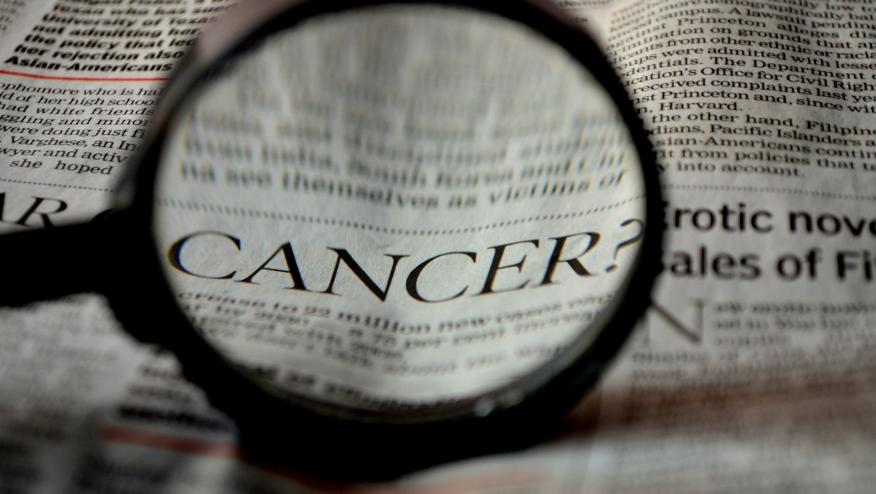High Risk Cancer Profiling with Inflammatory Myositis Save

A recent metanalysis of studies suggest you may be able to use certain clinical factors to stratify cancer risk in patients with idiopathic inflammatory myopathies (IIMs).
A total of 69 studies were included in this meta-analysis leading to certain traits associated with either a higher or lower risk of cancer in IIM patients.
Higher cancer risk was seen with:
- Dermatomyositis subtype (RR 2.21)
- Older age (WMD 11.19),
- Male gender (RR 1.53)
- Dysphagia (RR 2.09)
- Cutaneous ulceration (RR 2.73)
- anti-transcriptional intermediary factor-1 (TIFF-1) gamma antibody positivity (RR 4.66)
Lower cancer risk was seen with:
- Polymyositis (RR 0.49)
- Amyopathic dermatomyositis (RR 0.44)
- Raynaud’s phenomenon (RR 0.61)
- Onterstitial lung disease (RR 0.49)
- Very high serum creatine kinase (WMD -1189.96) or lactate dehydrogenase (WMD -336.52) levels
- anti-Jo1 (RR 0.45) or anti-EJ (RR 0.17) positivity
Of the 9 studies included that assessed IIM-specific cancer screening, they found that computed tomography (CT) scanning of the thorax, abdomen and pelvis appeared to be effective in identifying underlying asymptomatic cancers.
Cancer assessment in myositis patients should begin with usual health maintenance investigations appropriate for the patients age and status. This research suggests that further screening may be appropriate and productive in those at higher tisk for cancer. Nonetheless, further studies and and consensus guidelines are needed to optimize cancer screening strategies in IIM patients.










If you are a health practitioner, you may Login/Register to comment.
Due to the nature of these comment forums, only health practitioners are allowed to comment at this time.